Transport
Soto de Rey was born as an enclave closely linked to mining and industry. The establishment of its station came as a consequence of the need to create a junction with the new line that branched off from the León-Gijón line to Ciaño-Santa Ana (today El Entrego). The route was inaugurated in 1894 together with this station, used for manoeuvering and training with the trains to or from the industrial centres of the Nalón river valley.
The passenger building, a simple two-storey rectangular construction made of plastered masonry and fair-faced brickwork, survives from this early period. It has a cast-iron metal shelter installed later with remains taken from the old structure of the Oviedo station.
This type of facilities were frequently refurbished to modernise and increase its capacity. In Soto de Rey, there are several examples of this process. First, on the main platform, there is a small pavilion for postal service, consisting of a rectangular one-storey building.
Another singular building dates from 1923: the canteen. It was built next to the station itself and has a square ground plan with an interesting three-part circletop window on its front façade.
Almost at the same time, a housing block for foremen was erected and located a little further north, parallel to the tracks. They consist of a long building built with masonry and brick decorations divided into five houses with a small garden for each of them.
But the most striking building is undoubtedly the interlocking tower number 1, located at the entrance of the station from León. It was used to manoeuvre the station's switches and signals. It is a unique hexagonal building with a slate roof, high overhanging eaves and large windows for employees to control the railway traffic. Its decoration elements are an elaborate balustrade and the five-pointed stars that were the emblem of Compañía del Norte.
Soto de Rey is one of the best-preserved railway complexes in Asturias, with evidences of different types of buildings that reflect many aspects of the railway activity. Sadly, some of them have now disappeared.


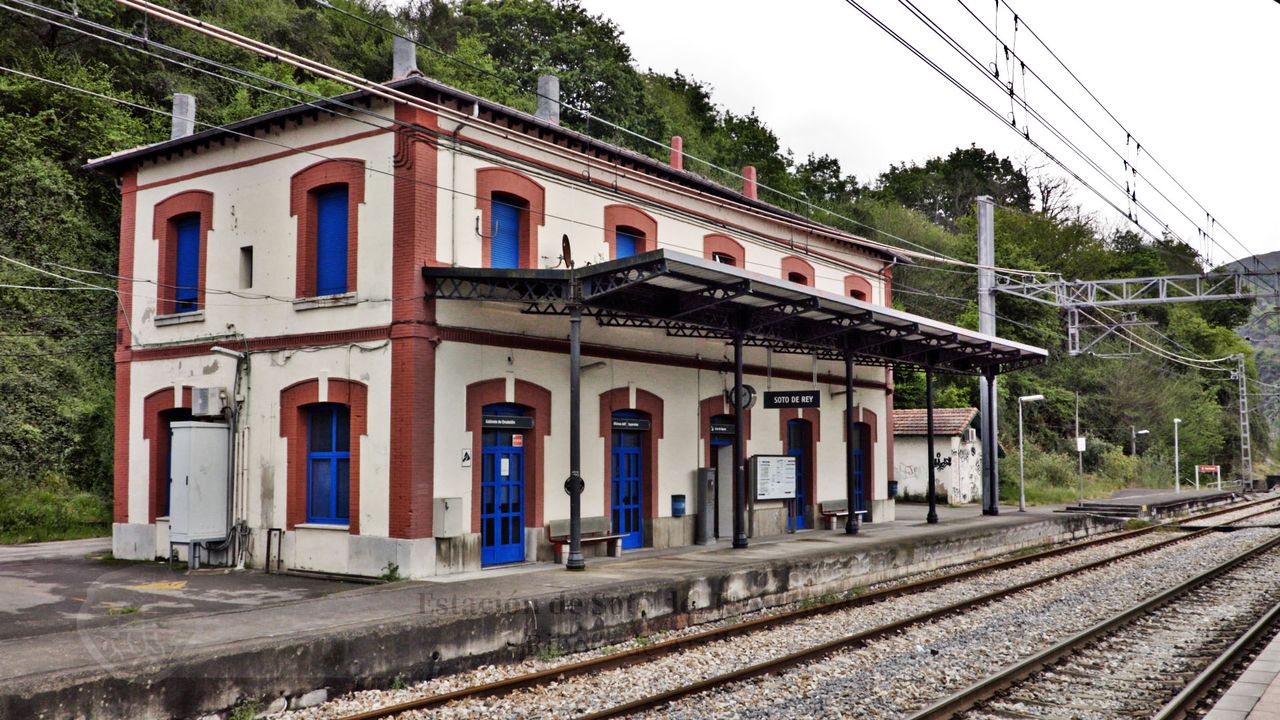


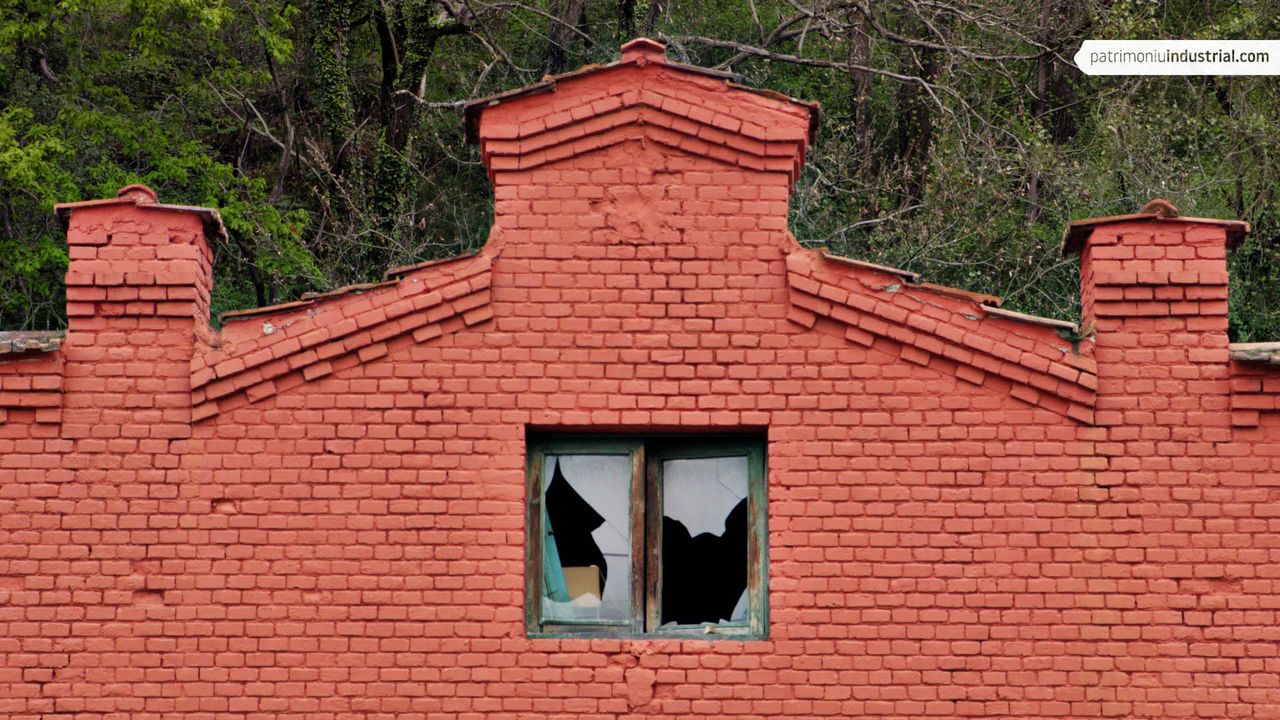
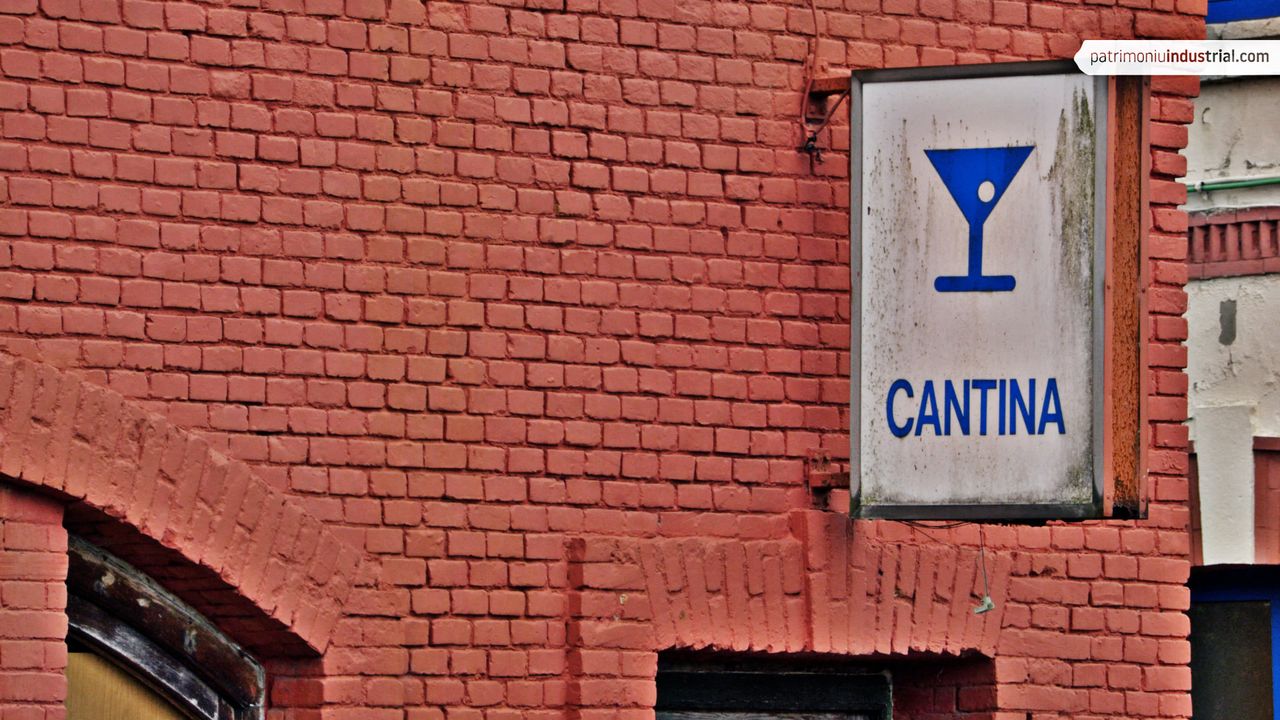


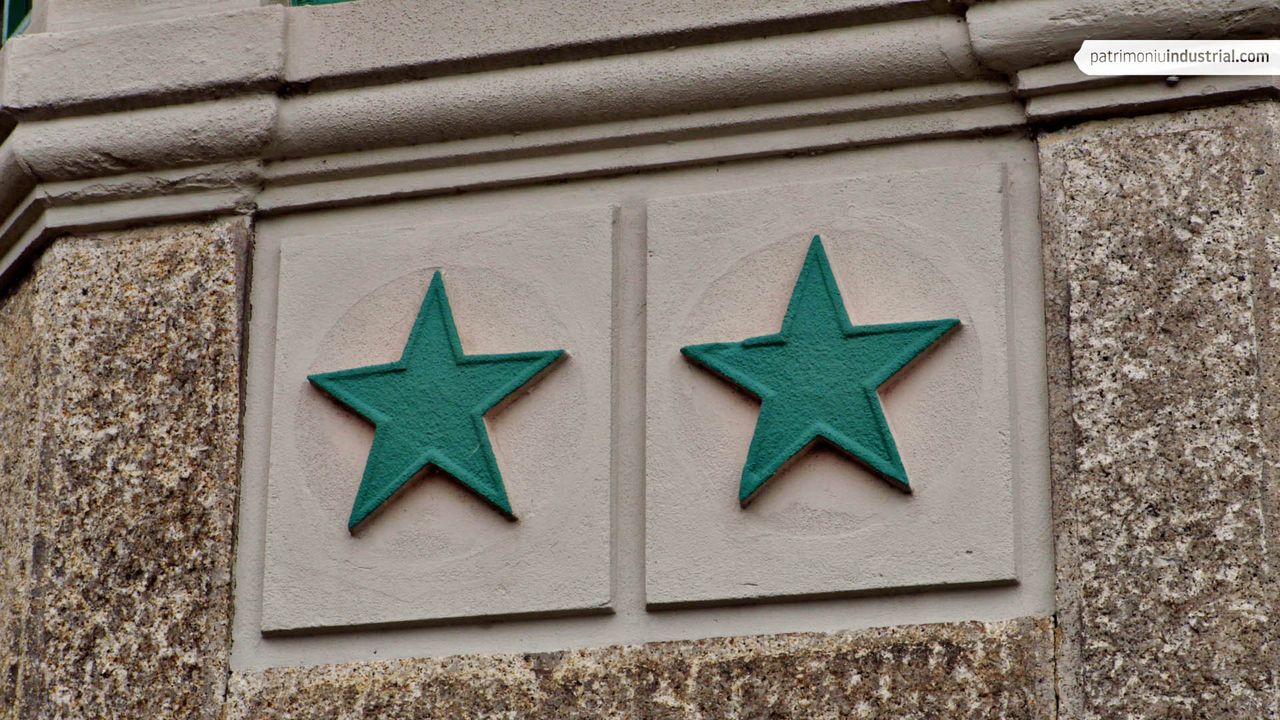
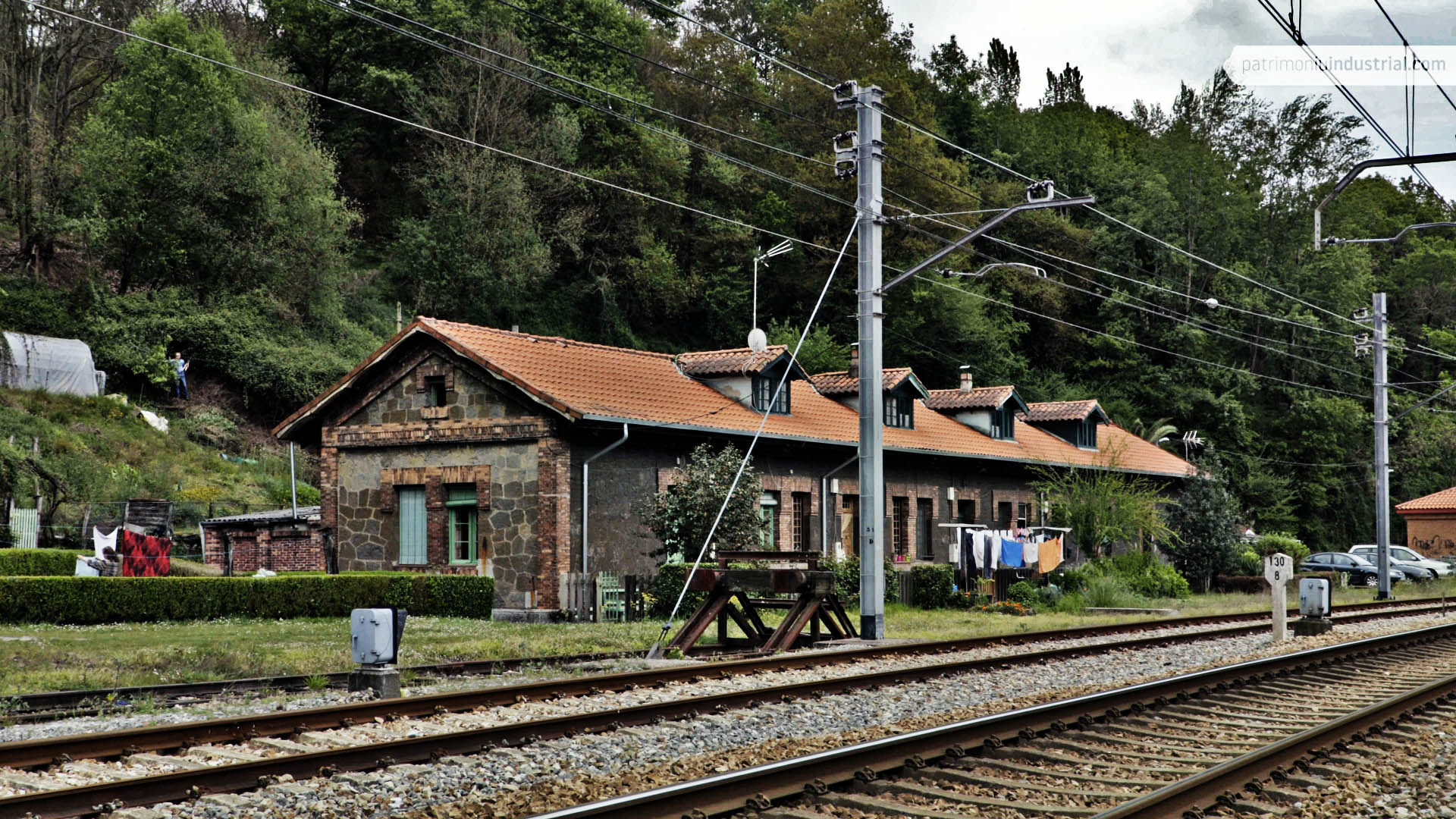
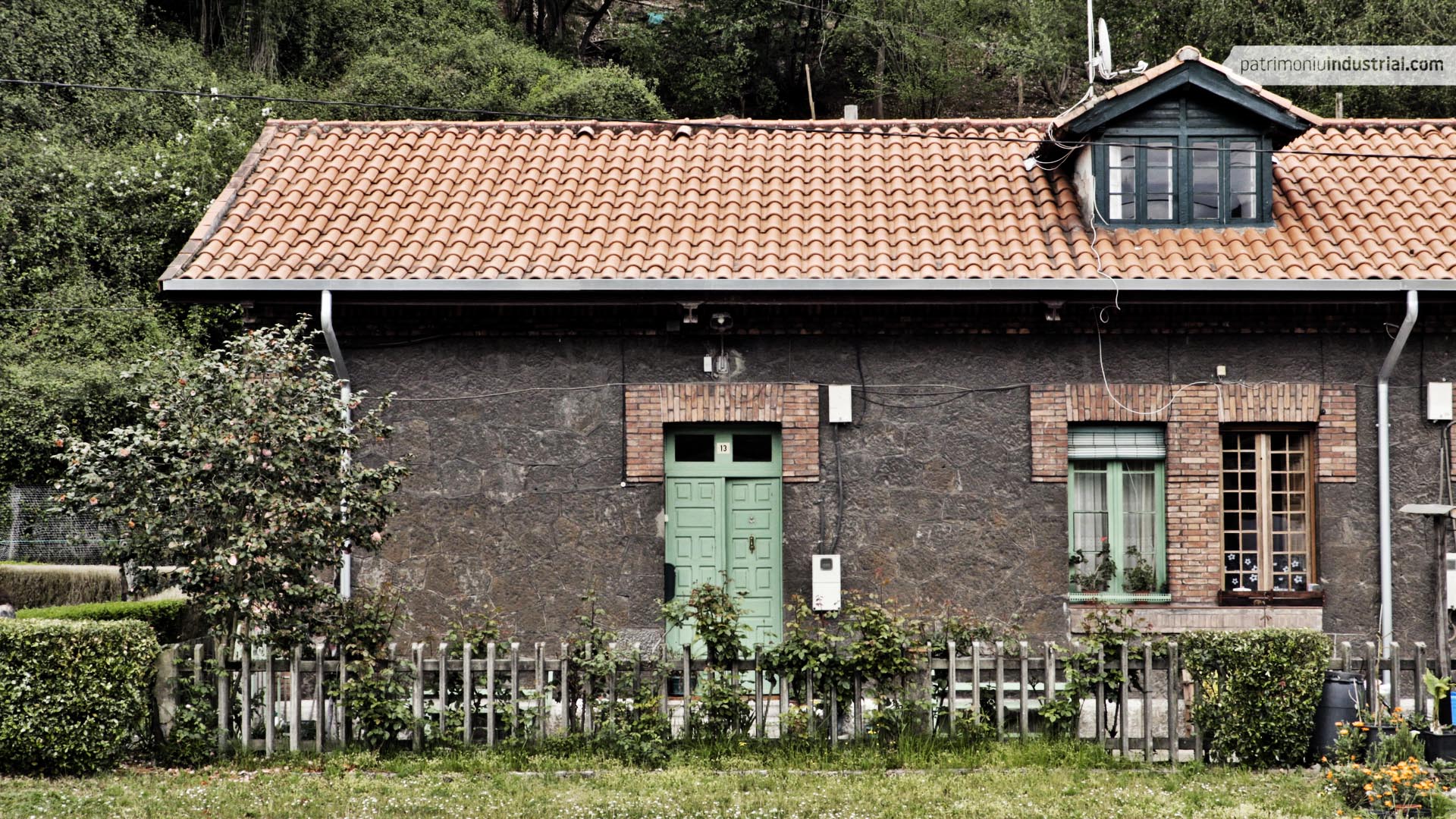
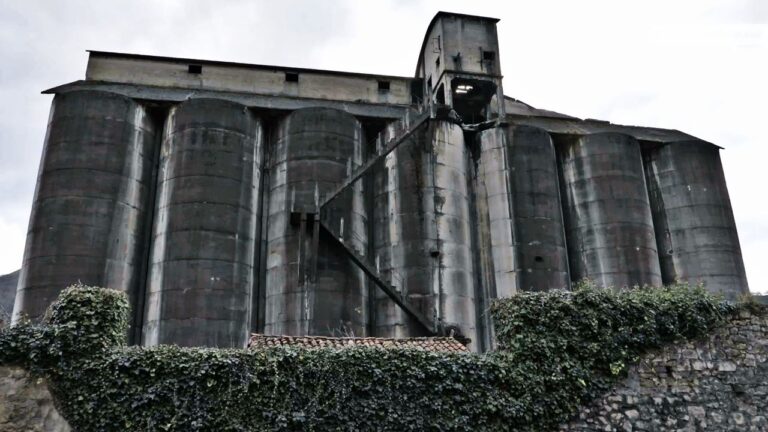
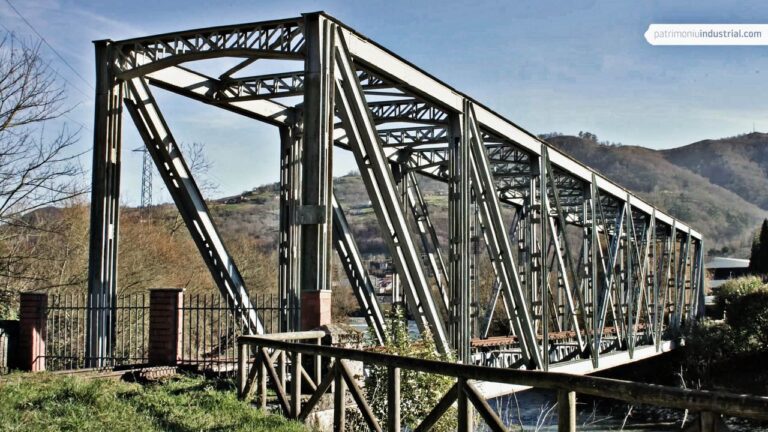
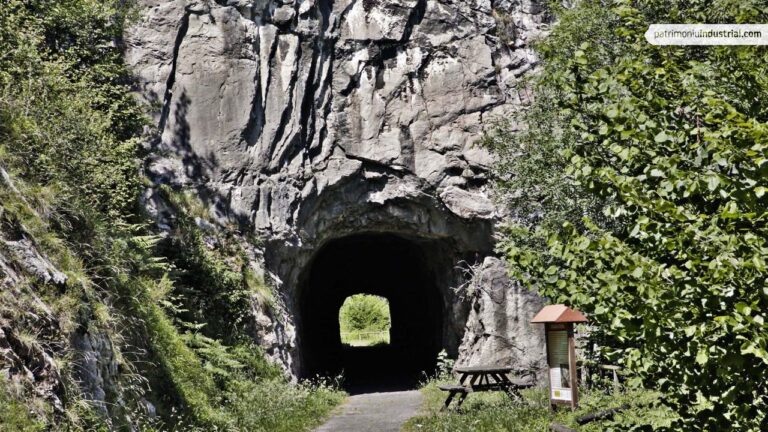

Recent Comments